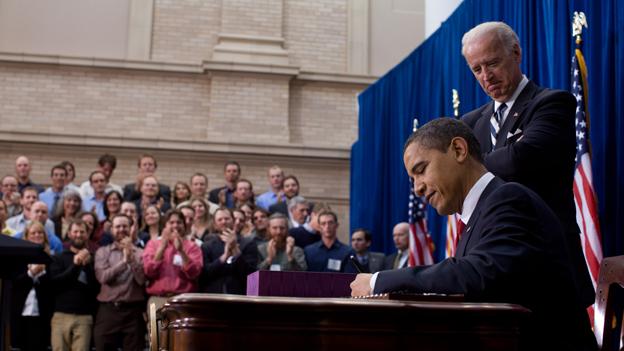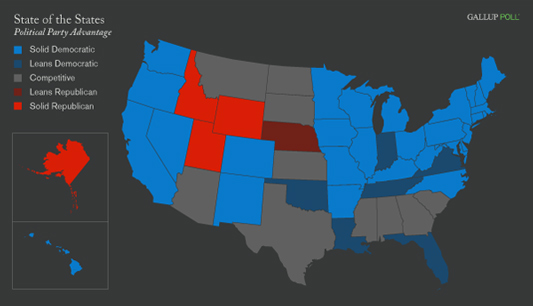“Officials said the proposal would seek a broad new role for the Federal Reserve to oversee large companies, including major hedge funds, whose problems could pose risks to the entire financial system.” With the AIG bonuses setting the table, the Obama administration prepares to unveil an overhaul of the nation’s financial regulatory apparatus. “It will propose that many kinds of derivatives and other exotic financial instruments that contributed to the crisis be traded on exchanges or through clearinghouses so they are more transparent and can be more tightly regulated. And to protect consumers, it will call for federal standards for mortgage lenders beyond what the Federal Reserve adopted last year, as well as more aggressive enforcement of the mortgage rules.”
Whatever malarkey you hear from the GOP about “creeping socialism” over the next few weeks, keep in mind that no less a Republican than Teddy Roosevelt deemed this sort of solution — accountability, transparency, tighter oversight of the financial sector by the federal government — the “New Nationalism” a century ago. In this arena, at least so far, President Obama seems to be living up to his Progressive promise.
Update: “‘Our system failed in basic fundamental ways,’ Geithner told the committee. ‘Compensation practices rewarded short-term profits over long-term returns. Pervasive failures in consumer protection left many Americans with obligations they did not understand and could not sustain. The huge apparent returns to financial activity attracted fraud on a dramatic scale..,To address this will require comprehensive reform. Not modest repairs at the margin, but new rules of the game. And the new rules must be simpler and more effectively enforced.‘” Secretary of the Treasury Tim Geithner unveils the new regulatory package. [Highlights.] “He said financial products and institutions should be regulated according to their economic function and the risks they pose, not their legal form. ‘We can’t allow institutions to cherry-pick among competing regulators and shift risk to where it faces the lowest standards and weakest constraints,’ he told the committee.”






